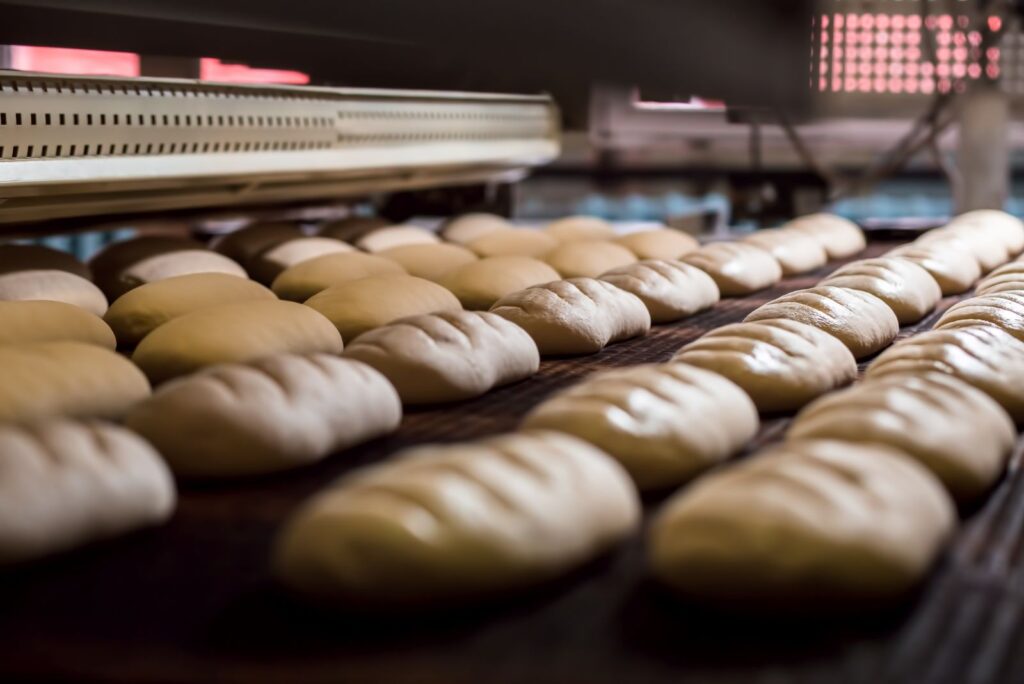KANAS CITY, MO — As outside factors become increasingly more difficult to predict and regulate, ingredient suppliers rely heavily on internal regulation and management. This takes the form of consistent and open communication.
“We manage our customer expectations with great care,” said Ben Reusser, Innovative Center manager for Cain Food Industries. “We let them know what we can get from our suppliers along with lead times and current pricing.”
Therefore, trust between bakers and their suppliers has become more critical than ever.
“Our customers trust us to keep them informed about sourcing challenges,” said Edward Mlotek, VP of sales and marketing for global ingredient supplier Repco Bakery Solutions. “Our intervention and management of this issue is something we are proud of. When we run into a hiccup or we have an issue with sourcing an ingredient, we immediately communicate with our customers, keeping them updated on where we’re at and how the sourcing is going.”
Strong communication is also necessary to ensure the supply chain remains fluid and that suppliers can pivot quickly when it comes to creative R&D. Ingredient shortages and delays have forced many suppliers to expand their network, sourcing the same product from various places.
“We started to ask, ’Who else can we get this from?’” said Abby Ceule, senior director of ingredient solutions at Corbion. “We’ve had to expand our own network of suppliers into our business.”
Network expansion is becoming more common throughout the supply chain. KPMG — a global organization of independent professional services firms — identified overreliance on a limited number of suppliers as a key trend impacting the current situation.










